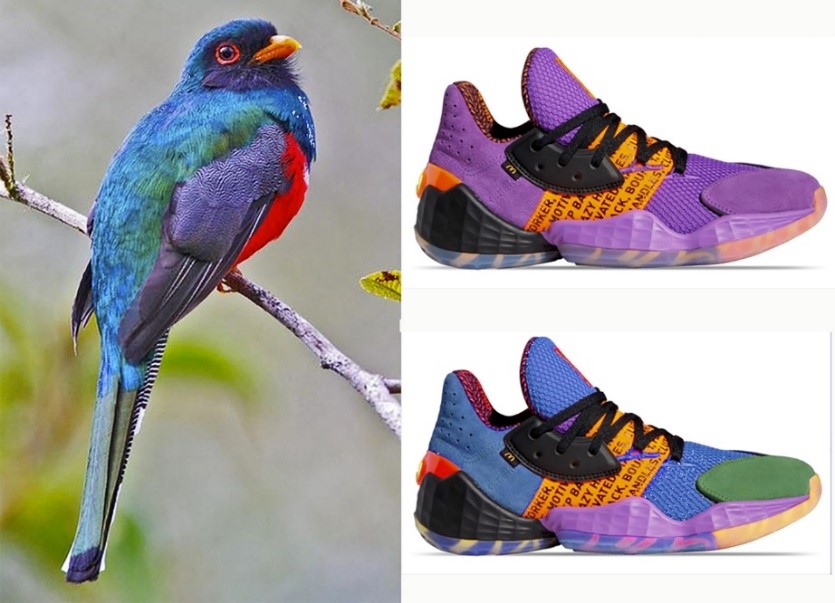Biomimetic Chromatics, Color in Nature and its Application to Design.
##plugins.themes.bootstrap3.article.main##
Abstract
This article is the result of a research linked to teaching of the basic principles of design in the education of students in the first two first three months academic periods of UAM-A design careers.
From the observation of how color manifests itself in living organisms, these chromatic proposals are alternatives that are pleasant for human perception.
By carrying out an analysis and correct application, the designer acquires a very wide range to diversify the criteria of chromatic application in his projects, be it architectural projects of industrial or graphic design, interior and wardrobe design etc.
##plugins.themes.bootstrap3.article.details##

This work is licensed under a Creative Commons Attribution-NonCommercial-ShareAlike 4.0 International License.
- Attribution — You must give appropriate credit , provide a link to the license, and indicate if changes were made . You may do so in any reasonable manner, but not in any way that suggests the licensor endorses you or your use.
- NonCommercial — You may not use the material for commercial purposes .
- No additional restrictions — You may not apply legal terms or technological measures that legally restrict others from doing anything the license permits.
- ShareAlike — If you remix, transform, or build upon the material, you must distribute your contribution under the same license as the original. NOTE: This point applies to numbers 1 to 20 of the magazine with the previous CC-BY-NC-SA 4.0 license. Does not apply to the new CC BY-NC 4.0 license from Volume 11, Number. 21 (2024).
References
Archetti, M. (2009). Classification of hypotheses on the evolution of autumn colours. Oikos, 118(3), 328–333. https://doi.org/10.1111/j.1600-0706.2008.17164.x
Arnheim, R. (1997). “Art and Visual Percetion, a Psychology of the Creative Eye.” In University of California Press, Berkeley LA (Vol. 3). https://doi.org/10.1007/bf02719925
Caivano, J. L. (2004). Armonías del color. Gac, 19, 2–21.
Cuthill, I. C., Allen, W. L., Arbuckle, K., Caspers, B., Chaplin, G., Hauber, M. E., … Caro, T. (2017). The biology of color. Science, 357(6350). https://doi.org/10.1126/science.aan0221
Cuthill, I. C., Stevens, M., Sheppard, J., Haddocks, T., Párraga, C. A., & Troscianko, T. S. (2005). Disruptive coloration and background pattern matching. Nature, 434(7029), 72–74. https://doi.org/10.1038/nature03312
Doczi, G. (2004). El Poder de los Límites. 34(2), 184.
Elliot, A. J. (2015). Color and psychological functioning: A review of theoretical and empirical work. Frontiers in Psychology, 6(APR), 1–8. https://doi.org/10.3389/fpsyg.2015.00368
Itten_Johannes_The_Elements_of_Color. (n.d.).
Kinoshita Shuichi. (2008). Structural Colors in the Realm o Nature. In World Scientific Publishing Co. (Vol. 1).
Merilaita, S., & Ruxton, G. D. (2007). Aposematic signals and the relationship between conspicuousness and distinctiveness. Journal of Theoretical Biology, 245(2), 268–277. https://doi.org/10.1016/j.jtbi.2006.10.022
Sun, J., Bhushan, B., & Tong, J. (2013). “Structural coloration in nature.” The Royal Society of Chemistry, 3(35), 14862–14889. https://doi.org/10.1039/c3ra41096j























